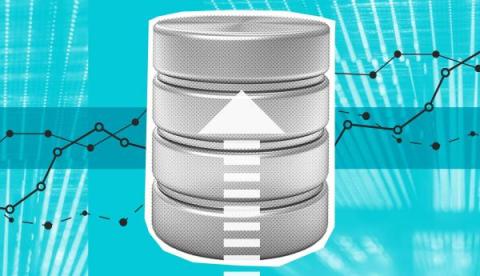SolarWinds Hybrid Cloud Observability - The Next Evolution in Monitoring
In this video, we introduce SolarWinds Hybrid Cloud Observability and detail how our new platform can help organizations of all sizes and industries optimize performance, help ensure availability, and reduce remediation time across on-premises and multi-cloud environments by increasing visibility, intelligence, and productivity.











